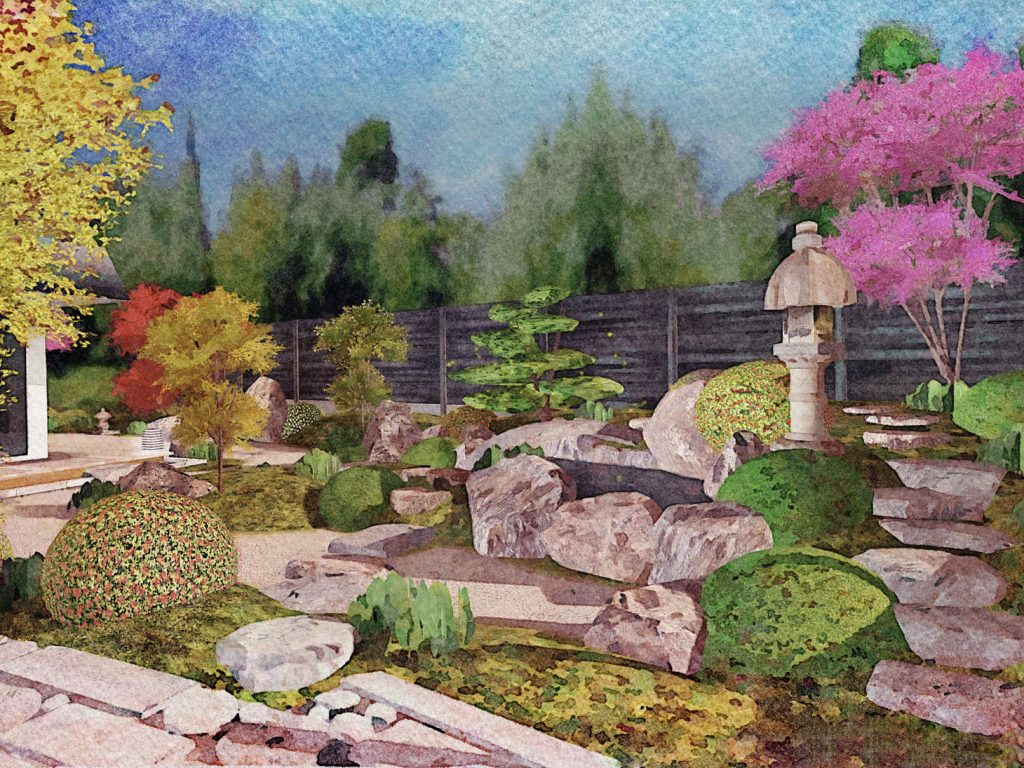In today’s fast-paced world, it can be difficult to find moments of stillness and peace. Our lives are constantly engulfed in a whirlwind of deadlines, obligations, and distractions that leave us feeling exhausted and overwhelmed. The concept of slow living offers an alternative approach to life – one that promotes mindfulness, simplicity, and a slower pace. And what better place to practice the art of slow living than in a garden?
Gardens have long been associated with tranquility, beauty, and rejuvenation. They provide a sanctuary from the chaos of the outside world, allowing us to connect with nature and ourselves in a profound way. By immersing ourselves in the rhythms of the natural world, we can learn to slow down, be present, and appreciate the simple joys of life.
One of the key principles of slow living is mindfulness – the practice of being fully present in the moment and cultivating a state of awareness and acceptance. In a garden, mindfulness comes naturally as we observe the intricate details of plants, listen to the sounds of birds chirping, and feel the sun warming our skin. By focusing on the sights, sounds, and smells of the garden, we can quiet the mental chatter and experience a sense of peace and calm.
Gardening is also a great way to practice mindfulness. When we dig in the soil, plant seeds, and tend to our gardens, we are fully engaged in the present moment. We are attuned to the needs of the plants, the changing seasons, and the ebb and flow of life. Gardening requires patience, attention, and care – qualities that are essential for slow living.
Another aspect of slow living that can be cultivated in a garden is gratitude. In our fast-paced society, it’s easy to take things for granted and overlook the beauty and abundance that surrounds us. But in a garden, we are reminded of the miracle of life and the interconnectedness of all living things. We see the beauty of a blooming flower, the resilience of a thriving tree, and the bounty of a harvest. By cultivating a spirit of gratitude in the garden, we can learn to appreciate the gifts of nature and the simple pleasures of life.
Gardens also offer a sense of connection and community – both with other people and with the natural world. When we work in the garden, we are not only tending to plants, but also cultivating relationships with our neighbors, friends, and family. Gardening can be a shared activity that brings people together and fosters a sense of camaraderie and collaboration. And in the garden, we are reminded of our connection to the earth and the larger web of life. We see how our actions impact the health of the planet and how we are all interconnected in the ecosystem. By nurturing our gardens, we can cultivate a sense of responsibility and stewardship for the earth.
In a garden, time seems to slow down. The pace of life is dictated by the cycles of nature – the rising and setting of the sun, the changing of the seasons, and the growth and decay of plants. In a world that is constantly speeding up, the garden offers a refuge of slowness and stillness. It is a place where we can escape the demands of the modern world and find respite in the beauty and tranquility of nature.
The art of slow living in the garden is not just about the physical act of gardening, but also about the mindset and attitude that we bring to it. It is about approaching life with a sense of presence, mindfulness, and gratitude. It is about savoring the small moments, finding joy in the simple things, and appreciating the beauty that surrounds us. In a garden, we can learn to slow down, be still, and connect with the essence of life.
As we cultivate the art of slow living in the garden, we can also reap a multitude of benefits for our physical, mental, and emotional well-being. Gardening has been shown to reduce stress, improve mood, and increase feelings of happiness and well-being. The act of being in nature, surrounded by greenery and fresh air, can have a calming and rejuvenating effect on the mind and body. And the physical activity of gardening – digging, planting, weeding, and harvesting – can improve our physical fitness and overall health.
In conclusion, the art of slow living in the garden offers us a powerful antidote to the fast-paced, frenetic pace of modern life. It provides us with a sanctuary of peace and beauty, where we can cultivate mindfulness, gratitude, and connection. By immersing ourselves in the rhythms of nature, we can learn to slow down, be present, and appreciate the simple joys of life. So next time you feel overwhelmed and stressed, take a moment to step outside, breathe in the fresh air, and immerse yourself in the beauty of your garden. Embrace the art of slow living and let the garden be your guide to a more mindful, peaceful, and fulfilling life.

